With the world’s leading market industries rapidly growing, the need for implementing raw materials on a daily basis is more heightened than before. The massive extraction, use, and processing of raw materials is making a huge impact on the environment and is additionally threatened by the increased energy consumption and extensive CO2 emissions.
But, as human consciousness evolves, the world is taking concrete measures to reduce environmental damage on a global scale. The utilization of raw materials and the business implementation of efficient industrial processes, such as the circular economy, can significantly contribute to a visibly positive change within countless industries, ultimately resulting in a more sustainable market and drastically lower CO2 emissions.
Implementing the circular economy in businesses puts a special emphasis on the way both products and materials are used in a particular industry. As the entire concept of using products and materials is circular, the traditionally rooted linear economy concept is extracted in efforts to ultimately minimize waste, reduce CO2 emissions and maintain economic sustainability.
Before learning how to implement the circular economy into your business, let’s get introduced to the process as a whole, the benefits of using it, and the business perks it brings along.
What is the Circular Economy?
Simply put, the process of using, consuming, restoring, and reusing raw products or materials is known as the circular economy.
Unlike the traditional linear model, which represents a narrowed down, or take-make-dispose concept, the circular economy has it’s own renewed and improved model of using materials in ways that benefit the environment, people, and businesses.
The specific circular economy model is based on both the action of production and consumption of products and revolves around sharing, repairing, recycling, and refurbishing already used materials and products – for as long as possible.
With this circular behavior scheme, the life cycle of products is extended to the maximum. In other words, when a product has reached the highest level of life expectancy, its materials are productively saved within the respective economic field.
Main Benefits of the Circular Economy
There are plenty of benefits stemming from the global use and implementation of the circular economy – especially business-wise.
Considering the circular economy’s 3R model: repair, reuse, and recycle, the benefits of this model are as follow:
- Waste prevention;
- Improved eco-design;
- Boosted economic growth;
- Reduced environmental pressure;
- Increased competitiveness in the business sector;
- Stimulated market innovations and improvements;
- Company growth;
- Boosted business revenue;
- Secured supply of raw materials;
- More job opportunities provided.
The Key Steps to Circular Economy Implementation
Implementing a circular economy into your business can be contemplating and time-consuming. However, to help alleviate the process, here are the essential steps to take when enforcing the model for business purposes.
Create Plans, Set Goals
To successfully implement the circular economy, every business needs to develop an action plan. To do that, businesses first need to answer several important questions:
- What does the company stand for the most?
- How will implementing the circular economy affect a company’s revenue?
- What are the values that a company will give and receive if it incorporates this beneficial concept?
- How will this model contribute to a company’s scaling?
- How will a company contribute to a better planet?
Provide Knowledge to Educate Your Staff
To make a change and successfully implement the circular economy concept in your company, businesses have to be certain that the model of circular economy is well-known and understood by all company members and staffers.
Moreover, it is a brand’s mission to become aware of the transition itself, its positive outcome, the strategies in shifting its design, and the goals and benefits that come with implementing it.
The trajectory and direction of a company’s development should be familiar to all involved in the process of growing it. This can be easily achieved by initiating daily or weekly seminars on the topic, as well as enforcing training courses and educational presentations in the field.
Innovate, Select and Engage
There are three important pillars for properly establishing the circular economy for business purposes.
- Innovation: any kind of innovation would be good for self-motivation, the company’s success, and its employees. When a company fails to motivate its members and employees, there is no question that the mission for a positive change will also go to bust.
- Selection is a crucial part of implementing the circular economy in any business. Regardless of the industry type and the products or materials produced, a company should be able to select and optimize its main products and materials by efficiently reusing, recycling, and transporting them.
- Last but not least, engagement. The moment that all of the above is understood and implemented right, a company should next focus on connecting and engaging with its clients, business partners, and suppliers, generally by presenting them with the company’s sustainable goals and ambitions.
At the end of the day, carrying out the circular economy for business purposes is all about enforcing the rightful approach, making solid connections, and contributing to both the consumers’ needs and the wellbeing of the environment!






